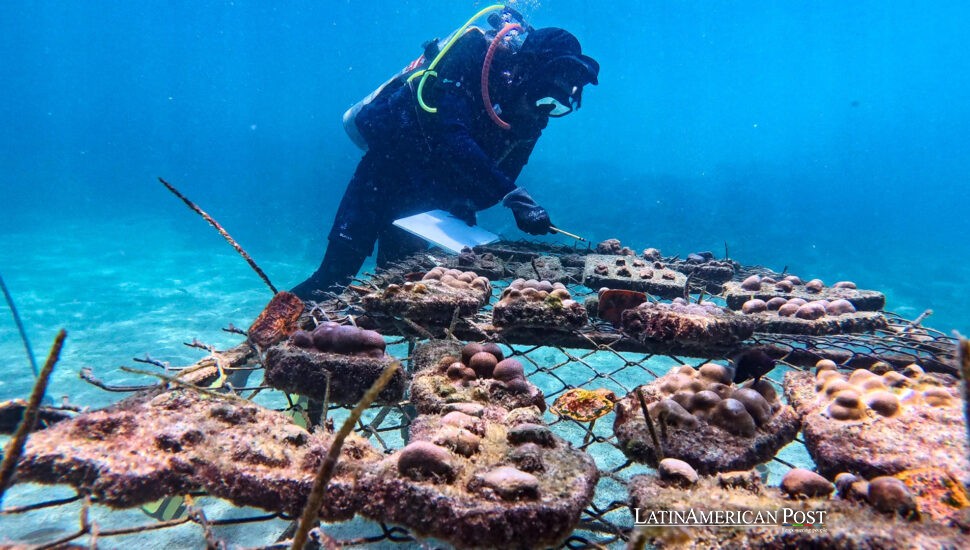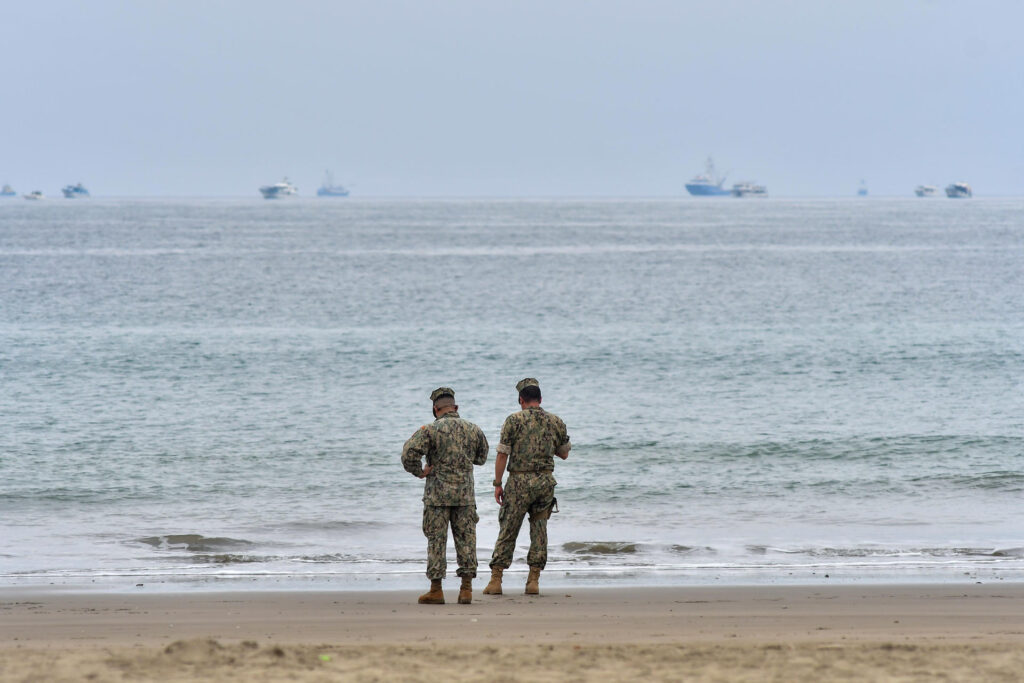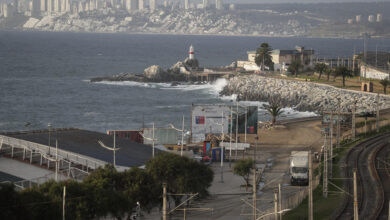Supercorals of the Galápagos Fight Back—And Could Save a Reef, a Coastline, and a Way of Life

Off Isabela’s volcanic shores, teams of divers are hand-sewing coral fragments to underwater nurseries, betting that these rugged survivors—born of past disasters—can rebuild the reefs that once sheltered fish, fueled tourism, and buffered the Galápagos from the sea’s rising rage.
What El Niño Took—and What Managed to Survive
When the 1982–1983 El Niño tore through the eastern Pacific, it didn’t just send rainfall off the charts or crush anchovy harvests—it shattered the very bones of the Galápagos seabed. In a matter of months, sixteen out of the archipelago’s seventeen known coral systems bleached into skeletal ruins. Reefs that once teemed with parrotfish and eels collapsed into graveyards of calcium and silence.
The devastation was so complete that marine scientists assumed the coral era of the Galápagos had ended. Only Wolf Island, far to the north, retained a functioning reef—and even that outpost bore scars from the next major El Niño in the late 1990s.
Today, you can still hear the crunch of bleached coral rubble under a diver’s knee, from San Cristóbal to Fernandina. But within that wreckage, something surprising remained.
“We started finding pieces that refused to die,” marine biologist Karem Arreaga told EFE. “Fragments that held on through two major heatwaves, when everything else had given up.”
Arreaga and her team began calling them “supercorals.” Not because they looked like something from a cartoon—but because they had weathered the worst the ocean could throw at them.
And now, those same fragments are the raw material for one of the most ambitious coral restoration projects in the eastern Pacific.
From Broken Shards to Living Reefs
The idea was simple: take the survivors and help them multiply.
In 2021, Arreaga and colleagues from a coalition called Galapagos Reef Revival built their first underwater nursery in the shallow waters off Isabela Island. They started with just a few dozen five-centimeter fragments, suspended from floating PVC frames on biodegradable twine.
Over the next two years, the nursery expanded into a network of hanging gardens—thousands of baby corals dangling in a warm current, monitored by tablet and spreadsheet.
“Each coral is like a little lab experiment,” Arreaga explained, holding up a dive slate marked with temperature readings and growth notes. “Some double in size within eight months. Others take longer. But most of them survive. That’s the miracle.”
Color is the first sign of progress. Galápagos corals don’t dazzle like their Caribbean cousins, but their mocha browns and earthy greens signal a healthy relationship with the symbiotic algae they need to survive. Lose the algae, and the corals bleach. Keep them, and reefs come back to life.
So far, over 7,000 nursery-raised corals have been replanted on Isabela’s seafloor. They’re not just surviving—they’re laying the foundation for something new.
Coral, Commerce, and the Return of the Reef
For the Galápagos, a healthy reef isn’t just a badge of environmental honor—it’s a lifeline.
As the corals have rebounded, so too has the biomass of fish that depend on them: hawkfish, surgeonfish, and juvenile parrotfish dart among the branches, while tiny crabs and brittle stars find shelter in coral crevices.
“Reefs are like condominiums,” Arreaga said, finning past a school of yellowtails. “They offer room and shade and food. Once the structure comes back, the neighborhood moves in.”
And that neighborhood matters. Reef snorkeling is one of the Galápagos’ biggest tourist draws. Without fish, tourism dollars vanish, and with them go jobs and local livelihoods. A 2024 study by the Galapagos Conservancy also showed that healthy coral reefs dampen storm surge. This natural defense becomes more valuable each year as seas rise and weather patterns grow wilder.
If the reefs die again, towns like Puerto Villamil face greater risk from tsunamis and hurricanes. If they live, they protect the coast—and the economy.
“The corals aren’t just scenery,” Arreaga emphasized. “They’re infrastructure.”

A Coalition Grows to Defend the Future
What makes the Galápagos restoration effort stand out isn’t just its science—it’s the coalition behind it.
Alongside Arreaga’s team from the Charles Darwin Foundation, the project unites U.S. conservation group Re: wild, Ecuadorian park rangers, and even the Jocotoco Foundation, best known for bird conservation in the highlands.
Together, they’ve created the first high-resolution coral map of southern Isabela: a patchwork of species data, bleaching thresholds, and reef architecture now feeding into AI-powered predictive models that can flag when the next marine heatwave is likely to hit.
It’s a leap forward in ocean monitoring—and a platform for deeper innovation. Researchers are now testing probiotic algae strains that could increase coral resilience by helping them hold onto their algal partners even as waters warm.
“Think of it like training corals for a hotter world,” Arreaga said.
The next big push? Deeper nurseries. Lower light, cooler water—and a chance to build out of reach of the heat spikes that devastated the shallows in past decades.
On the deck of a rocking dive boat in Bahía Cartago, the sun dips behind a ridge of cloud and the water turns to glass. Nearby, frames loaded with coral cuttings wait to be planted. Arreaga scribbles field notes, checks dive schedules, and glances once more at the sea.
“We’re on coral time,” she said, her voice tired but hopeful. “We won’t see the full results for years. But the reef remembers how to grow. We’re just helping it remember faster.”
Also Read: Amazon Sandbar Transforms into a Living Sea of Giant River Turtles
The supercorals of the Galápagos aren’t flashy. They don’t glow neon or dazzle tourists. But they carry something rarer: the genetic muscle to survive catastrophe—and maybe, just maybe, to rewrite the story of coral in a warming world.
—All interviews and quotations in this article were provided to EFE.




